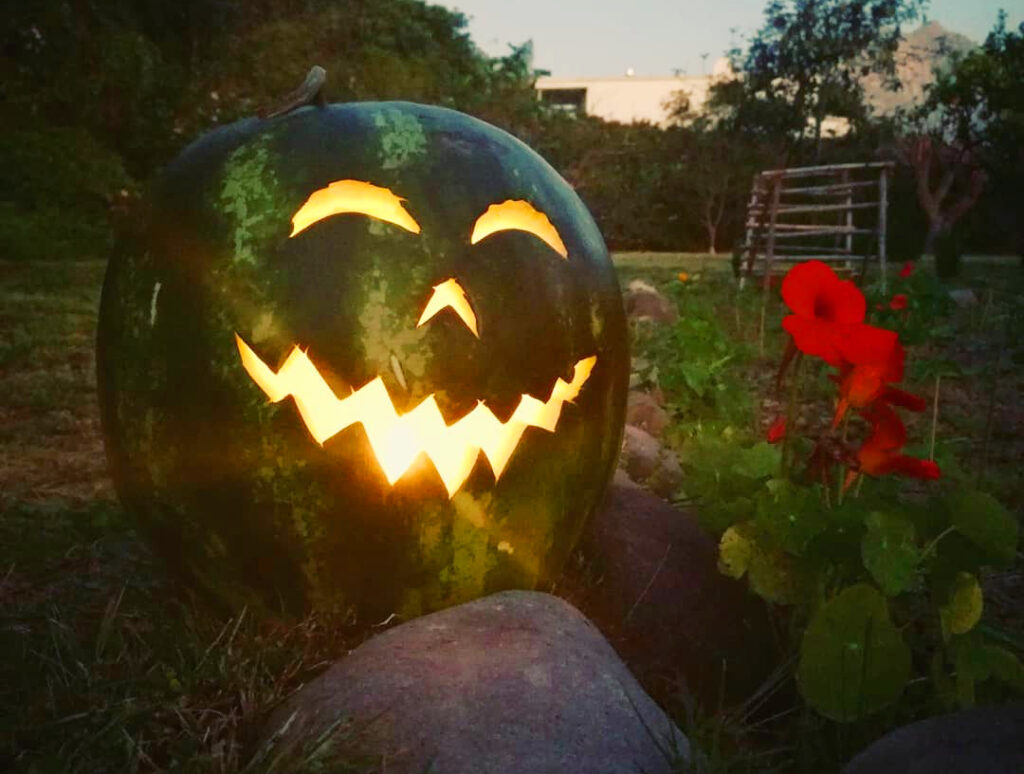
- Culture
-
by John Pot
It happened on the 8th of October this year—when Checkers put up their Christmas decor. Next year I’m going to prove that they do this earlier and earlier every time. I don’t know about you, but instead of putting me in the holiday spirit it just makes me glum that yet another year is almost over. For the last decade or so, however, it’s less the act and more the decorations themselves that’s been bothering me…
This time it’s something more akin to the infamous Mercator projection, the style of world maps that sacrifices proportion for parallel longitudes. Don’t get me wrong, to a sailor that’s vital, but it’s been a standard projection for so long that people actually believe Greenland is nearly the size of Africa when it’s, in fact, only slightly bigger than the Democratic Republic of the Congo. You see, the Mercator projection bloats the northern hemisphere while the south is shrunk down. At face value this might not seem like an out-of-proportion problem, but along with figures of speech like “going south” it creates the impression that the north is more important. The northern hemisphere does hold around 90% of the world’s population, but that by no means makes it better (European colonizers seemed to really like it down here and the north still has quite the appetite for our stuff). There’s no real reason for “north” to be synonymous with “up” since there’s literally no up or down in space.
Back in 2012 or 2013 I wrote a poem (albeit not very good, but it’s the thought that counts) called “Christmas is in Summer Too”, and this is what I’m talking about. Why the hell are we putting up snowflakes and wreaths of holly, and who knows what other hibernal imagery, when it’s very clearly summertime? Again, it doesn’t seem like that big of a deal, but why should we live in the cultural grip of the north? Alright, I guess I’m not complaining about blue jeans and Star Wars, and the end-of-year holidays certainly aren’t native to the south, but for how little or much it might be worth I believe we should at least take back our own seasons (my hometown had its fair share of surfer Santas in boardshorts, at least).
So let’s find some way to celebrate our spring and summertime amidst this wintery northern gale:
Halloween’s-a-coming and, perhaps a bit hypocritically in this context, I wish it was a bigger thing here. I suppose it is getting a little bigger—the haunted house tour I’m (trying) to organise for the museum is competing with like a billion Halloween parties and the other day I overheard a woman talking about how she organises one every year for her residential complex. Historically Halloween started out as a Celtic festival celebrating autumn and the harvest, Samhain. Many modern Halloween practices have traditional Celtic roots: trick-or-treating stems from mumming performances and food offerings to appease the dead, and vegetable carving has a long history as a means to ward off evil spirits. In pre-colonial, and thus pre-pumpkin, times the vegetables of choice were turnips and other bulbous tubers. Europe has turnips and North America has pumpkins, so it’s only right that we here in southern Africa should carve watermelons, no? Watermelons, a native African fruit, are the perfect size and shape for jack-o-lanterning, and once you’ve carved your spooky friend you’re left with a bucket full of sweet, juicy, sugary goodness to enjoy on a warm spring day. Just be sure to cut the lid at an inward angle so it doesn’t fall in!

Speaking of celebrating the harvest, now’s about the time many cannabis growers will be gathering their buds. Likewise, now’s a good time to plant new seeds for a yield around the month of March (that’s what the end of the year is all about—the end of one thing and the beginnings of another). This Halloween’s going to be a trick-or-treat of whether your seeds come up male or female; of whether that’s a juicy bud all the way through or just a seed wearing a costume. And where the southern hemisphere’s concerned, it has given the world plenty of famous landraces: Durban Poison, Swazi Gold, Kilimanjaro, Red Congolese, Malawi, Colombian Red, and more—many of these being the ancestors to today’s most popular strains.
So let’s do away with snowflakes, flip our maps, and swap out our pumpkins for watermelons and our Christmas trees for acacias. We’re southerners—let’s start acting like it.
